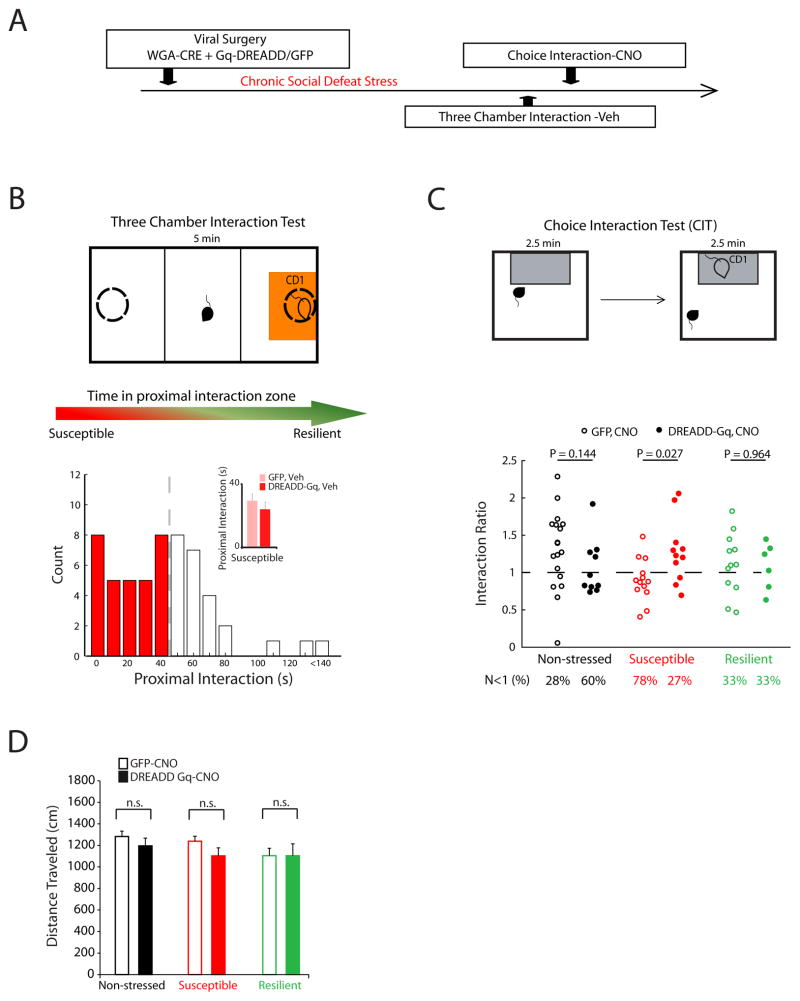Figure 7. PFC-AMY stimulation reverses stress induced behavioral deficits.
A) Schematic of experimental timeline and B) Three chamber social interaction test (top). Distribution of proximal interaction scores during post-stress three-chamber social interaction test (top; N=55 mice). Similar interaction scores were observed between GFP and Gq-DREADD that displayed interaction scores within the lower 60% percentile (p = 0.366 using Wilcoxon rank-sum test; N=11 and 14 for Gq-DREADD-susceptible and GFP, respectively; bottom). C) PFC-AMY activation increased social interaction in the stress-susceptible mice in the social interaction test (p = 0.026 using Wilcoxon rank-sum for comparison between DREADD-Gq and GFP expressing mice), and tended to reduce social interaction in the non-stressed control mice (p = 0.14). PFC-AMY stimulation had no effect in the resilient mice. D) No significant effects of viral vector (GFP versus Gq-DREADD; F1,52 = 1.33, p = 0.25; N=10–18 mice per group) or viral vector × stress (F1,52 = 0.1, p = 0.76; N=10–18 mice per group) were observed on gross locomotor behavior in the susceptible mice using two way ANOVA.

